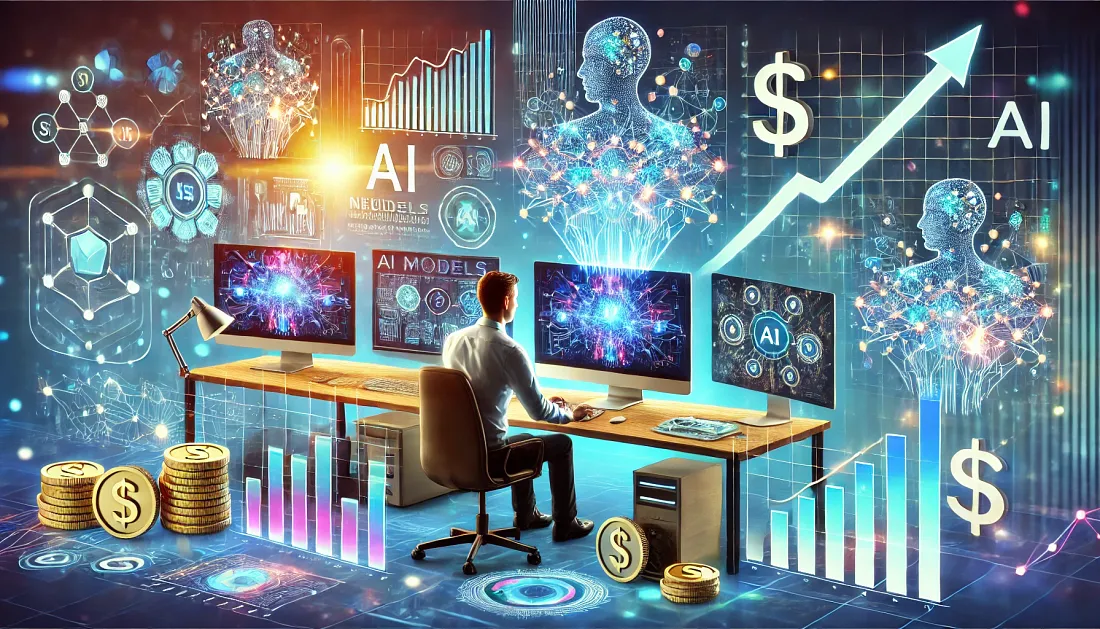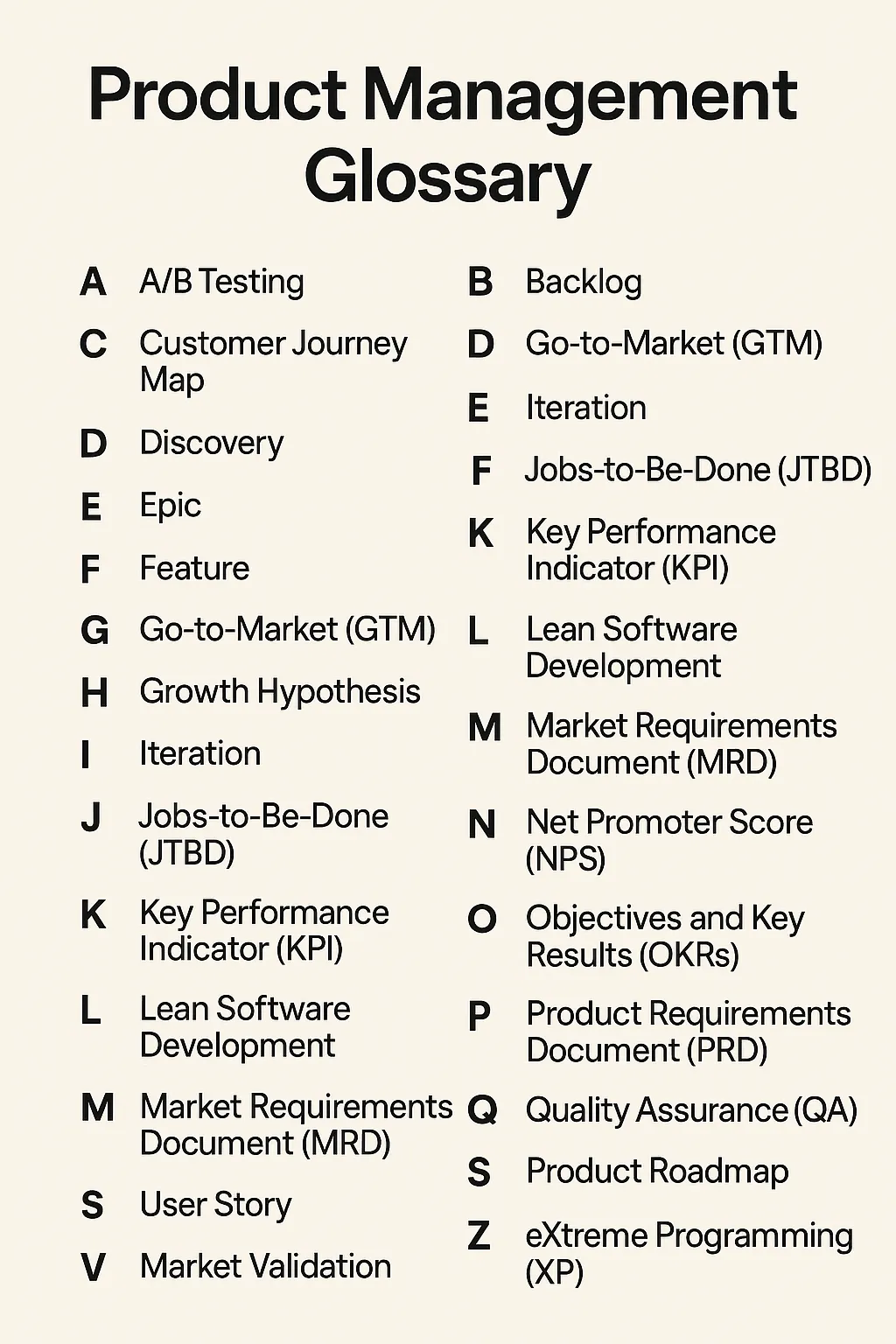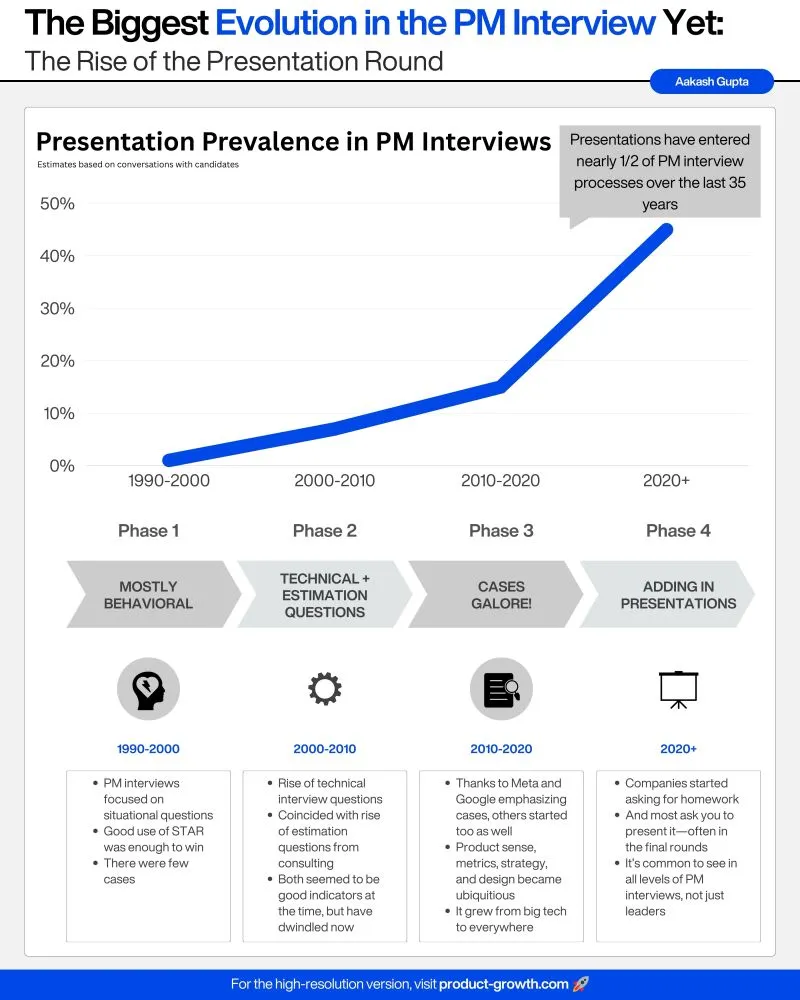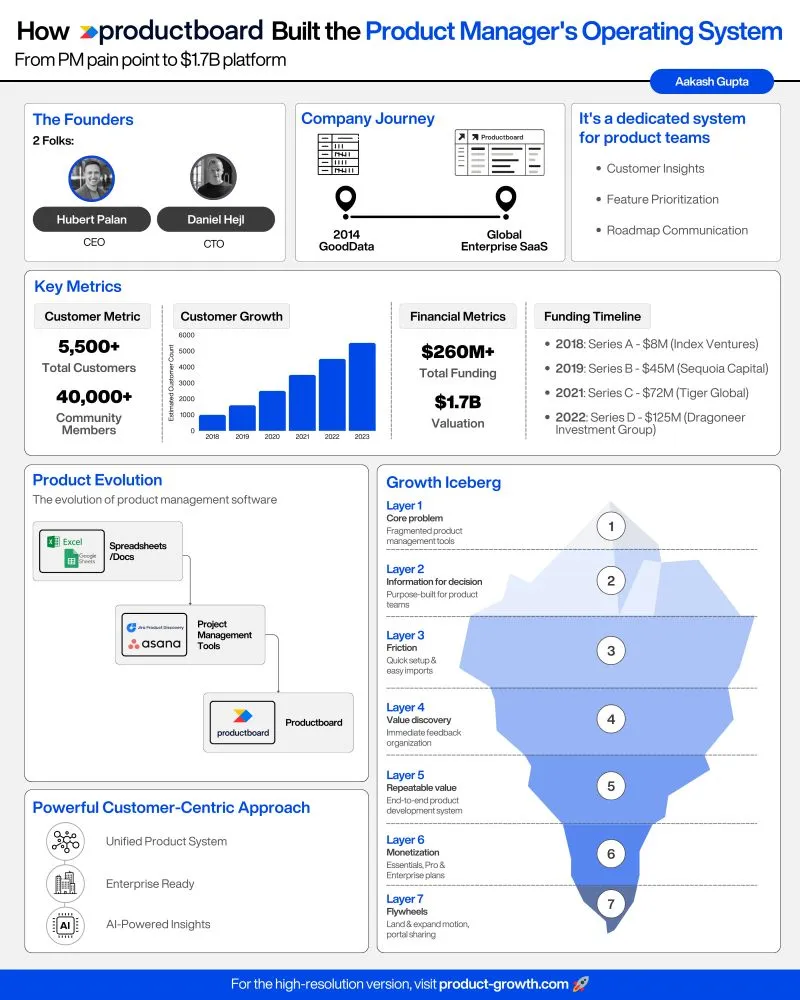
The 2025 AI Engineer Roadmap: Must-Have Skills, Tools, and Trends to Watch
The Changing Landscape of AI Engineering: Charting the Path to 2025
Imagine stepping into a time machine and traveling back just ten years — you’d find yourself in a completely different AI landscape. Machine learning felt niche, deep learning breakthroughs were the stuff of science headlines, and AI engineers were almost mythical figures, conjuring algorithms like magic spells in hidden labs. Fast forward to 2024, and AI has woven itself into every fabric of our lives — it’s in our smartphones, running our appliances, and even helping our cars drive. Now, as we look towards 2025, AI is transforming once again, and there’s never been a more thrilling (or demanding) time to be an AI engineer.
This article is a guide for anyone who wants to excel as an AI engineer in 2025. Whether you’re just getting started or are already working in the field, understanding the new skills and technologies shaping AI is essential to staying ahead of the curve.
Artificial Intelligence for Absolute Beginners: A Complete Guide
Amazon.com: Artificial Intelligence for Absolute Beginners: A Complete Guide eBook : Singh, Tarun: Kindle Store
Foundational Skills: Core Knowledge Every AI Engineer Needs
Becoming an AI engineer isn’t just about learning to code. It’s about understanding the underlying principles that make AI systems work. Here are the foundational skills you need to get started:
- Mathematics and Statistics

AI engineers love math, and there’s a reason for that. Probability, linear algebra, calculus, and optimization are like the unsung heroes behind your favorite AI models. These concepts are crucial for everything from simple recommendation algorithms to cutting-edge generative AI systems. Let’s dive a bit deeper into why each is so important:
- Linear Algebra: The language of AI, linear algebra provides the tools for transforming data and building models. It’s the key to understanding how neural networks work, as they involve multiplying matrices, which are essentially sets of equations.
- Calculus: Calculus helps us understand how models learn. For instance, it’s used in the backpropagation process in neural networks to optimize and minimize loss functions.
- Probability and Statistics: These are essential to make sense of data, handle uncertainties, and work with probabilistic models. From understanding distributions to calculating likelihoods, probability is the backbone of many AI models, especially Bayesian systems.
- Optimization: Optimization is the process of tuning algorithms to achieve the best possible performance. Without solid optimization techniques, AI models can’t reach their full potential.
Think of calculus as the steering wheel, linear algebra as the engine, and probability as the fuel of the AI vehicle. Make sure you’re comfortable behind the wheel, or your AI car won’t go very far.
2. Programming Languages

Python is king. Seriously, if you know Python, you’re halfway there. Its vast range of libraries (like TensorFlow, PyTorch, and scikit-learn) makes it ideal for machine learning. But let’s explore what makes these languages so crucial:
- Python: Python is not just popular because it’s easy to learn; it’s the ecosystem that makes it powerful. Libraries like NumPy for numerical operations, Pandas for data manipulation, and Matplotlib for visualization make Python a one-stop shop for AI. TensorFlow and PyTorch provide everything needed to implement, train, and deploy models.
- R: R is great for statistical analysis and visualization. It’s often used by statisticians and data analysts for its robust data handling capabilities. If your work leans more toward data exploration and statistical modeling, R is an excellent tool to have in your arsenal.
- Julia: You might want to keep an eye on Julia, which is quickly becoming a favorite for high-performance AI applications. Julia is known for its speed, which is closer to that of C, and it has great support for parallel and distributed computing, making it a powerful tool for AI engineers looking for a performance edge.
Power of Large Language Models: Guide Your AI
This comprehensive guide delves into the intricate world of Large Language Models (LLMs), providing readers with a…
Writing clean, efficient, and readable code is key, especially when you’re working in teams. Collaborating with others means that your code should be understandable and easy to maintain. If others can’t understand what you’ve written, it makes development cycles longer and more error-prone.
3. Data Manipulation and Visualization

AI is nothing without data, and understanding how to manipulate and visualize it is vital. Let’s break down what this means:
- Data Cleaning: Real-world data is messy — full of missing values, outliers, and inconsistencies. Libraries like Pandas help you clean and transform data into a usable format. You need to be skilled at handling these data issues because no model can compensate for garbage input.
- Feature Engineering: This is the art of transforming raw data into features that can improve model performance. Understanding which attributes are important, creating new features, or transforming existing ones can make or break your model.
- Data Visualization: Visualization is key to understanding the data you’re working with. Libraries like Matplotlib and Seaborn allow you to see patterns, correlations, and trends that could otherwise go unnoticed. Effective data visualization helps not only in exploring data but also in communicating your findings to stakeholders who may not be technical.
Remember: without good data, even the best algorithms can’t help you. Data manipulation and visualization are the first steps in ensuring your models are fed with quality input.
Advanced AI and ML Skills for 2025
AI is advancing fast, and staying up to date with the latest tools and technologies is essential. Here are the advanced skills that will be key in 2025:
1. Deep Learning Architectures
Transformers, attention mechanisms, and convolutional neural networks (CNNs) are part of the bread and butter of today’s AI engineering. Let’s look at why these architectures are so revolutionary:
- Transformers: Initially developed for Natural Language Processing (NLP), transformers have now taken over many fields of AI. Their ability to handle sequences with attention mechanisms allows them to understand context better than traditional RNNs. They power language models like GPT-4, which are used in everything from chatbots to content generation.
- CNNs: These are fundamental for computer vision tasks. They are designed to process pixel data and can identify complex features in images through layers of convolution and pooling. If you’re interested in any AI application involving imagery — like self-driving cars, facial recognition, or medical imaging — CNNs are where you start.
- Attention Mechanisms: These are a major leap forward because they allow models to focus on specific parts of input sequences. Imagine a model that knows which word in a sentence is the most important to predict the next word — attention mechanisms provide that focus, vastly improving model efficiency and accuracy.
2. Explainable AI (XAI)
Gone are the days when AI could remain a black box. Today, transparency is paramount, especially in industries like healthcare and finance where the consequences of a model’s decisions are significant.
- LIME (Local Interpretable Model-Agnostic Explanations): LIME helps in explaining the predictions of any machine learning model by approximating it with simpler models. It’s like creating a ‘shadow’ model that’s more understandable.
- SHAP (SHapley Additive exPlanations): SHAP values come from cooperative game theory and help in understanding the contribution of each feature towards the prediction. This means stakeholders can trust what the model is doing since you can clearly show how much each feature matters.
Mastering LLMs: An In-Depth Guide to Prompt Engineering
"Mastering LLMs: An In-Depth Guide to Prompt Engineering," penned by Tarun Singh, an AI and ML engineer with advanced…
As a future AI engineer, it’s your job to ensure people trust the systems you build, and XAI is how you do that. You’ll be working in environments where accountability is critical, and knowing how to interpret your model’s actions is non-negotiable.
3. Federated Learning and Edge AI
AI is moving out of the cloud and onto edge devices like phones, cameras, and IoT gadgets.
- Federated Learning: This is a method of training models using decentralized data, meaning data never has to leave the user’s device. It’s important from both a privacy and a latency perspective. Imagine training an AI model on users’ phones without their personal data ever leaving their device — this is going to be a game-changer for mobile applications and privacy-focused industries.
- Edge AI: With AI at the edge, data processing happens locally, which means faster responses and reduced network loads. This is particularly relevant for industries like healthcare, where data privacy is crucial, or autonomous vehicles, where latency could mean life or death.
4. Quantum Machine Learning (QML)
It might still be early days, but quantum computing is inching closer to mainstream. Here’s why you should care:
- QML combines quantum computing and machine learning to process data in ways that classical computers simply can’t. Quantum computers have the potential to solve complex optimization problems exponentially faster. Start with understanding basic quantum mechanics, quantum circuits, and how quantum algorithms might be applied to machine learning problems.
If you’re a forward thinker, start exploring the basics of quantum computing now. It’s the skill that could set you apart in a crowded AI job market.
Tooling and Libraries: Mastering the Right Tools
1. ML Frameworks
No AI engineer can go without knowing the main ML frameworks.
- TensorFlow and PyTorch: Both frameworks are extremely powerful for different reasons. TensorFlow is highly versatile and has strong support for production environments, while PyTorch is often preferred in research for its ease of use and dynamic computation graph. Understanding both gives you an edge, as many teams have different preferences.
- Hugging Face: Specializing in NLP, Hugging Face has made transformers accessible to everyone. It’s an invaluable library for anyone working with text, providing pre-trained models and easy tools for fine-tuning.
- scikit-learn: Still an important tool for classical ML models, scikit-learn is often the first go-to for rapid prototyping before moving onto more complex solutions.
2. Model Deployment
AI models are great, but they need to be used somewhere, right?
- Docker and Kubernetes: These tools allow for containerization and orchestration of AI models. Imagine being able to deploy your model in a container that works everywhere — no more “it works on my machine” headaches. Kubernetes then helps in scaling these containers to meet demand.
- Cloud Services: Cloud platforms like AWS SageMaker, Google AI Platform, and Azure ML are a must-know. They provide the tools for training, deploying, and maintaining models without needing to manage the hardware.
3. ML Ops Tools
MLOps is the bridge between model development and production.
- MLflow: This helps track experiments, manage models, and deploy them into production. It’s like having a diary of all your model iterations, which makes going back and understanding what worked (and what didn’t) far easier.
- DVC (Data Version Control): DVC is like Git, but for datasets. It helps you version and manage your data, ensuring that your machine learning experiments are reproducible. This is especially crucial when you need to collaborate with a team or reproduce a specific result from months ago.
- CI/CD for ML: Continuous Integration and Continuous Deployment (CI/CD) tools are making their way into ML. Tools like Jenkins help automate testing and deployment, which is critical for getting models from development to production without hiccups.
Soft Skills: Communication and Collaboration in AI Teams
It’s not just about tech. AI engineers need soft skills too.
1. Cross-Functional Collaboration
You’ll work with product managers, designers, and other domain experts. Learning to communicate complex AI concepts in simple language is crucial. Imagine trying to explain a transformer model to a non-technical stakeholder. Instead of diving into the intricacies, it’s better to talk about what the model does in layman’s terms — perhaps comparing it to how people learn to understand language in context. The ability to make these analogies and explain your work simply is a powerful skill.
2. Documentation and Code Readability
Code that works is great. Code that works and can be easily read and understood by others is better. Good documentation isn’t optional — it’s what makes your work maintainable and scalable. A well-documented project helps others understand your thought process, replicate experiments, and build upon your work.
3. Ethics and Communication
AI comes with ethical considerations. You might be building tools that impact millions of people. How do you make sure your models are fair and unbiased? How do you communicate potential risks to stakeholders? These are crucial skills to develop.
Retrieval Augmentation Generation: Revolutionizing AI's Future
Retrieval Augmentation Generation: Revolutionizing AI's Future - Kindle edition by Singh, Tarun. Download it once and…
Trends and Emerging Fields to Watch
1. Generative AI and Creative AI
Generative AI, like ChatGPT and DALL-E, is opening up creative possibilities from art to music. But with great power comes great responsibility — ethical questions are everywhere. As an AI engineer, you’ll need to navigate both the technological and ethical landscape.
- Ethical Concerns: Consider the ethical implications — AI art has sparked debates about copyright, and AI-generated text has misinformation potential. Understanding these nuances will make you a better, more responsible engineer.
2. Automated Machine Learning (AutoML)
AutoML is making it easier to build models without being an expert in every step. In 2025, it’ll play a larger role, allowing engineers to focus more on understanding the business problems AI can solve.
- Tools: Platforms like Google AutoML, H2O.ai, and others are making AutoML accessible. While these tools won’t replace engineers, they will automate routine tasks, allowing you to focus on more creative problem-solving.
3. Synthetic Data Generation
Data can be hard to come by, especially quality data. AI-driven synthetic data generation is emerging as a powerful tool to fill this gap, allowing for more diverse and robust model training. It’s definitely something to keep on your radar.
- Applications: In fields like healthcare and autonomous driving, gathering enough real-world data can be challenging. Synthetic data helps in creating balanced datasets, reducing biases, and improving model performance in scenarios that are difficult to replicate.
Building a Portfolio for 2025 Readiness
1. Projects That Stand Out
You need a portfolio that showcases the depth of your skills. Projects like creating a custom transformer model or deploying an AI to edge devices demonstrate versatility. Aim to solve real problems — not just academic exercises.
- Real-World Problems: Whether it’s predicting traffic patterns or automating a customer service chatbot, choose projects that show your ability to solve tangible problems. Employers want to see how you can apply theory to practice.
2. Contributing to Open Source
Contributing to open-source projects like scikit-learn or even writing detailed tutorials can be a great way to get noticed. It shows you’re engaged with the community and that you’re contributing to something bigger than yourself.
- Visibility: Open-source contributions can also build your credibility in the field. Imagine having your code accepted into a popular AI library — it’s proof that you understand quality, industry-level standards.
3. Competitions and Certifications
Platforms like Kaggle are excellent for honing your skills. Certifications can also help validate your abilities to employers — think advanced courses from Coursera, Udacity, or professional certifications from AWS or Google.
- Competitions: Participating in Kaggle competitions isn’t just about winning. The real value comes from learning how to solve real-world problems, iterating based on feedback, and seeing how your solution compares to others in the community.
Future-Proofing Your Career: Continuous Learning and Adaptability
1. Online Courses and Advanced Degrees
Whether it’s through platforms like Coursera, Udemy, or traditional university programs, continuous learning is essential. AI is not static, and neither should your learning be.
- Specializations: Online platforms are increasingly offering specialized tracks, like NLP or computer vision. These focused areas can help you differentiate yourself in a specific niche.
2. Networking and Community Engagement
Join AI forums, attend conferences, and get involved in hackathons. The AI community is vast, and networking can open doors you never thought possible.
- Conferences: Conferences like NeurIPS, CVPR, and others are not just great for learning — they’re perfect for making connections. Engaging with the community gives you a pulse on what’s new and what’s coming next.
3. Staying Updated with Research
AI evolves fast. Stay up-to-date by reading papers on arXiv, following key AI research journals, and participating in research discussions.
- Research Papers: Sites like arXiv and Google Scholar are great for keeping up with new developments. Subscribe to AI newsletters, join research discussion groups, and follow the leading minds in AI on social media to stay informed.
Artificial Intelligence for Absolute Beginners: A Complete Guide
Amazon.com: Artificial Intelligence for Absolute Beginners: A Complete Guide eBook : Singh, Tarun: Kindle Store
Conclusion: Embracing the Journey of a 2025 AI Engineer
AI engineering is not just a career — it’s an exciting journey full of constant learning and adaptation. The landscape of AI in 2025 will require you to have a blend of technical prowess, ethical grounding, and the ability to collaborate effectively. Stay curious, stay adaptable, and most importantly, stay excited about what’s to come. The opportunities are endless, and the journey is as thrilling as the destination. Let’s shape the future together.








Comments ...
No Comments Yet ...Add One